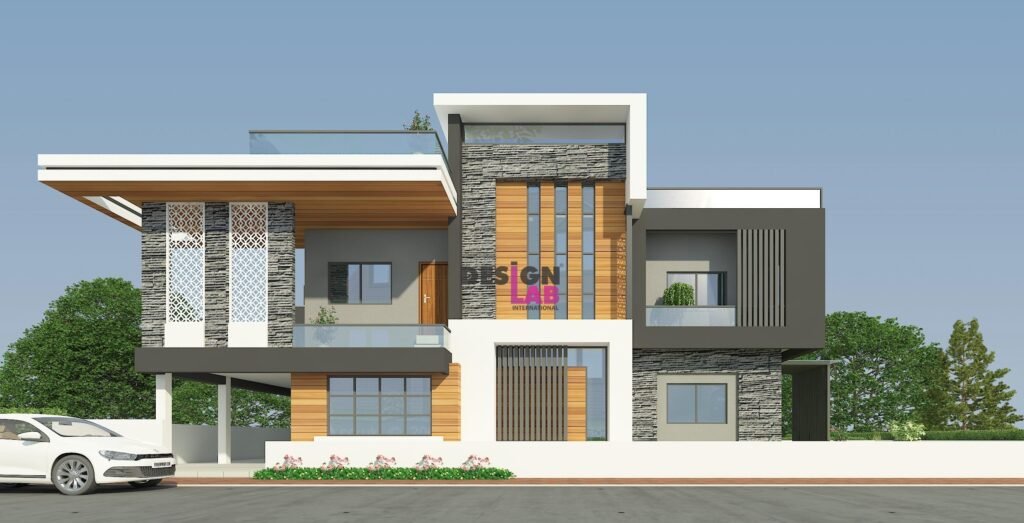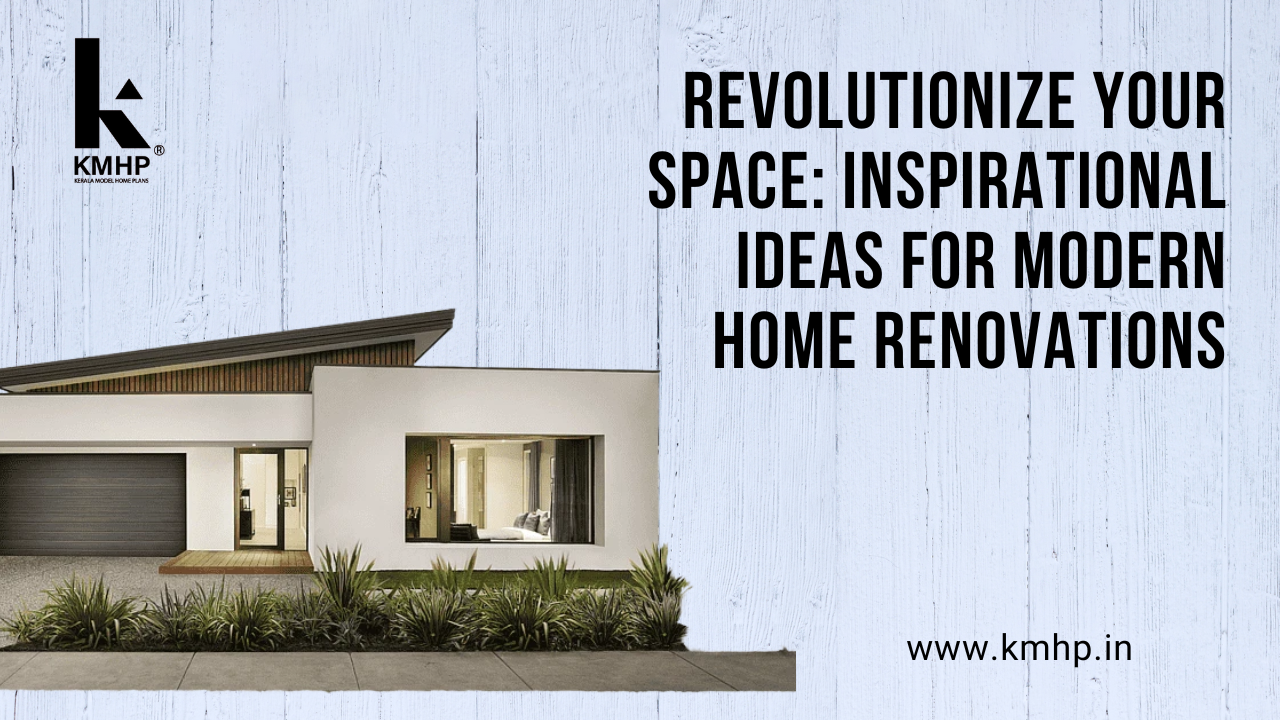Choosing a Home Designer: A Complete Guide
Building your dream home is a significant undertaking, filled with exciting possibilities and, admittedly, potential pitfalls. Navigating the complexities of design, construction, and budget requires careful planning and, crucially, the right professional guidance. At cartlab.web.id, we understand the importance of finding the perfect partner for this journey. This comprehensive guide will equip you with the knowledge and tools to make informed decisions when choosing a home designer. We’ll explore the various aspects of selecting a designer, helping you avoid common mistakes and ensuring your dream home becomes a reality. From understanding your design needs to navigating the contract process, we’ll cover everything you need to know.
The process of choosing a home designer can feel overwhelming, but breaking it down into manageable steps will make the experience significantly less stressful. This guide will provide a clear roadmap, helping you navigate each stage with confidence and clarity. Remember, the right designer can transform your vision into a tangible masterpiece, while the wrong one can lead to costly delays and disappointments.
This guide is designed to be your comprehensive resource, offering practical advice and insightful tips to ensure you find the perfect home designer for your project. We’ll delve into the specifics of qualifications, experience, communication styles, and the overall collaborative process. Let’s begin building your dream home together!

Understanding Your Needs and Vision

Before you even begin searching for a home designer, it’s crucial to define your needs and vision. This involves more than simply saying “I want a modern house.” Consider the following:
- Lifestyle: How do you envision living in this home? Do you entertain frequently? Do you need a home office? A guest room? Consider your family’s size and future needs.
- Budget: Establish a realistic budget early on. This will help you narrow your search to designers who work within your price range and prevent costly surprises later.
- Style: Research different architectural styles. Do you prefer a minimalist aesthetic, a rustic farmhouse feel, or something more traditional? Explore online resources like Pinterest and architectural websites to gather inspiration. If you’re drawn to the clean lines and natural materials of Japanese design, you might even consider a Japandi style home; you can learn more about this in our beginner’s guide to a Japandi Style Home: A Beginners Guide.
- Functionality: Think about the specific features you need and want. This includes the number of bedrooms and bathrooms, kitchen layout, storage solutions, and outdoor spaces.
- Location and Lot: The size and features of your lot will significantly impact the design possibilities. Consider factors such as sun exposure, views, and existing vegetation.
Researching and Shortlisting Potential Designers

Once you’ve clarified your needs, it’s time to start your search for potential home designers. Utilize a variety of resources:
- Online Directories: Websites like Houzz, Archinect, and the American Institute of Architects (AIA) offer extensive directories of architects and designers.
- Referrals: Ask friends, family, and colleagues for recommendations. Word-of-mouth referrals can be invaluable.
- Local Networking: Attend home shows and building expos to meet designers in your area.
- Online Portfolios: Carefully review the portfolios of potential designers. Pay attention to their design styles, the quality of their work, and whether their projects align with your vision.
When shortlisting, consider the following criteria:
- Experience: Look for designers with proven experience in similar projects. Check their portfolio for projects of a comparable scale and style to your own.
- Licensing and Insurance: Ensure the designer is properly licensed and insured to protect yourself from potential liabilities.
- Communication Style: Effective communication is crucial. Choose a designer who is responsive, attentive, and willing to collaborate throughout the process.
Interviewing and Evaluating Designers

The interview process is crucial for determining the right fit. Prepare a list of questions beforehand:
- Experience and Qualifications: Inquire about their experience with projects similar to yours, their qualifications, and their design process.
- Design Philosophy: Understand their approach to design and how they incorporate client input.
- Project Timeline and Budget: Discuss their typical project timeline and how they manage budgets.
- Communication and Collaboration: Discuss their communication style and how they handle client feedback.
- References: Ask for references from previous clients and contact them to gather feedback on their experience.
During the interview, pay attention to the following:
- Chemistry: Do you feel comfortable and confident working with this designer? A strong working relationship is essential for a successful project.
- Listening Skills: Does the designer actively listen to your needs and preferences?
- Problem-Solving Abilities: How do they approach challenges and potential obstacles?
Reviewing Contracts and Agreements
Before you commit to a designer, carefully review the contract. This is a legally binding agreement, so it’s crucial to understand all the terms and conditions. Consider consulting with a lawyer if needed. Key aspects to review include:
- Scope of Work: Ensure the contract clearly outlines the services provided by the designer.
- Payment Schedule: Understand the payment terms and deadlines.
- Timeline: The contract should specify a realistic project timeline.
- Revisions and Changes: Clarify the process for making revisions and changes to the design.
- Liability and Insurance: Confirm the designer’s liability insurance coverage.
It’s advisable to get everything in writing to avoid misunderstandings. A poorly drafted contract can lead to disputes and delays later on.
Managing the Design Process and Collaboration

Once you’ve chosen your designer and signed the contract, the design process begins. Maintain open communication and actively participate in the process. Regular meetings and feedback sessions are crucial. Remember that choosing a home designer is about finding a collaborative partner who can translate your vision into a reality.
- Regular Meetings: Schedule regular meetings to discuss progress, address concerns, and review design updates.
- Feedback and Revisions: Provide timely feedback and be open to revisions.
- Document Everything: Keep detailed records of all communication, agreements, and changes.
Effective collaboration ensures that the final product meets your expectations and reflects your unique style and needs. This stage requires patience, clear communication, and a willingness to work together to achieve your shared goal: your dream home.
Conclusion
Choosing a home designer is a critical decision that significantly impacts the success of your home-building project. By following the steps outlined in this guide, you can increase your chances of finding the perfect partner to help you bring your dream home to life. Remember to prioritize clear communication, thorough research, and a strong collaborative relationship. For more resources and guidance on your home building journey, visit our comprehensive guide: Choosing a Home Designer: A Complete Guide. Happy building!









Comments